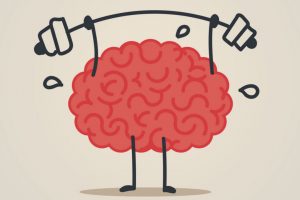Informal practitioners, who On Dav operate without formal
Informal practitioners, who operate without formal medical training, form a majority of Indias rural healthcare workforce, addressing patients health care needs where government sources may be less accessible.
They treat patients with conditions that can be managed in a primary care setting, refer patients with serious conditions to higher level care, and diagnose and manage patients with chronic conditions.
However, it is contentious whether these practitioners should be integrated with the health system, and if so, what might be the best way.
The study, meanwhile, also suggests that training informal health providers can also help address the manpower shortage in the health sector.

“The low costs of training Planet Amend imply that permanently hiring 11 additional fully trained MBBS providers into the public sector would be as costly as training 360 informal providers every year through this programme,” it says.
The study used a randomised evaluation methodology, by selecting 152 of the 304 informal providers from 203 villages in Birbhum to participate in the training programme.
“Using unannounced standardised patients (mystery patients) and clinical observations, researchers assessed the impact of the training on informal providers clinical practice. Further, researchers benchmarked these practices with those of public health providers in the same area,” the J-PAL said.
The West Bengal government has issued an order to train the first batch of 2,000 practitioners over a six-month period, which is in the process of being rolled out across 35 centres. Rural healthcare providers will be trained in batches of 50 by nurses teaching at nursing training centres across the state, J-PAL South Asia said.
“This study is not only relevant for West Bengal but for other states too, such as Madhya Pradesh and Uttar Pradesh; as the structure of the informal provider market is often found to be similar ?- both in terms of their widespread presence in the community and the knowledge gaps they face,” Banerjee said.
However, the training “did not lead to a decline” in the use of unnecessary medicines, antibiotics or injections among providers who were trained. Nonetheless, both trained and untrained informal providers were less likely to give unnecessary medicines and antibiotics relative to doctors in the public sector, the study further said.
“Finally, the training increased the patient load of the provider, and it is estimated that the resultant increase in revenue would allow the informal practitioners to recover the cost of the training in anywhere between 66 and 210 days,” it added. PTI KND SMN DIP
READ MORE :
- Ominous news for Aleppo as Russian frigate reaches Syrian coast
- Jayalalithaa’s health: Cases filed against ‘Traffic’ Ramaswamy
- Amazon Great Indian Festival day 2 deals
- Asus ROG GL502VS, G752VS gaming laptops launched in India
- DOJ Charges Dozens in Alleged Indian Call Center Scam Targeting U.S. Victims


















